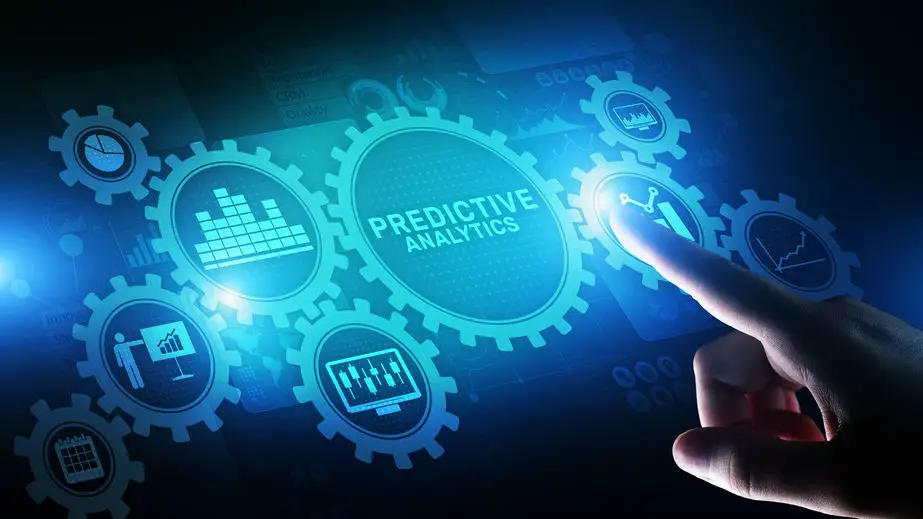Predictive Analytics and AI: Forecasting Trends and Behaviors

In today’s data-driven world, organizations are confronted with the challenge of making informed decisions amidst a vast and ever-increasing sea of information. Predictive analytics, powered by artificial intelligence (AI), has emerged as a transformative tool that enables businesses to leverage their data to forecast trends, identify patterns, and predict future behaviors. By harnessing the power of AI algorithms, predictive analytics empowers organizations to gain a competitive edge in a rapidly changing business landscape.

Predictive analytics involves the use of statistical models, machine learning algorithms, and data mining techniques to uncover hidden insights and patterns within data. These models are trained on historical data to learn relationships and dependencies, enabling them to make predictions about future outcomes. Unlike traditional statistical methods, predictive analytics leverages AI’s advanced computational capabilities to handle vast amounts of data and identify complex, nonlinear relationships that would otherwise be difficult to detect.

Businesses across various industries are embracing predictive analytics to enhance their decision-making processes. In the retail sector, predictive analytics helps retailers forecast demand, optimize inventory management, and personalize customer experiences based on their predicted preferences. In the healthcare domain, predictive analytics supports early disease detection, personalized treatment planning, and risk assessment for patients. Financial institutions utilize predictive analytics to assess credit risk, detect fraud, and predict stock market trends.
The benefits of predictive analytics are numerous. It enables organizations to:
- Foresight into Future Trends: Predict future events, market developments, and customer behavior patterns to make informed decisions and gain a competitive advantage.
- Improved Risk Management: Identify and mitigate potential risks by predicting adverse events, such as equipment failures or financial instability.
- Optimized Resource Allocation: Allocate resources more effectively based on predictions about future demand, staffing needs, and other critical factors.
- Personalized Customer Experiences: Create targeted marketing campaigns, personalized recommendations, and customized services based on predicted customer preferences and behaviors.
In conclusion, predictive analytics powered by AI is revolutionizing business decision-making. By uncovering hidden insights and predicting future trends, businesses can improve their strategies, mitigate risks, optimize resources, and deliver tailored customer experiences. As data continues to grow exponentially, the significance of predictive analytics will only increase, empowering organizations to harness the power of data and make data-driven decisions that drive success in the digital age.
